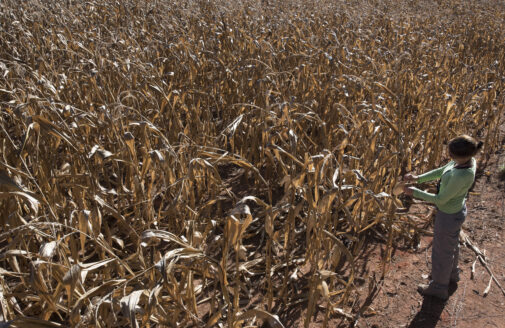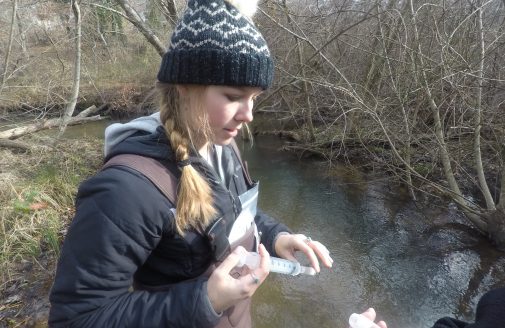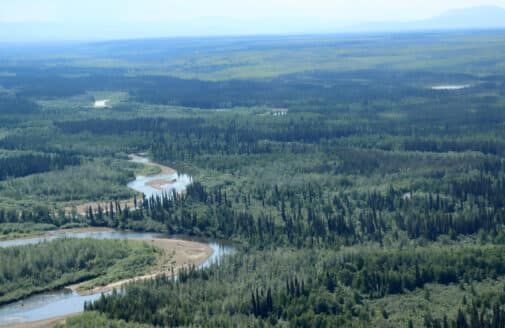Colorado River water crisis a symptom of greater climate crisis
Two degrees of warming could mean dry reservoirs, year-round extreme drought
Dropping water level at Lake Mead leaving “bathtub ring” of newly exposed rock.
photo by Monica Caparas
Drought in the Western U.S. has plunged the largest reservoir in the country into alarming shortage conditions that have rippling impacts for the region. Lake Mead, formed by the construction of the Hoover Dam on the Colorado River, delivers water and hydroelectric power to 25 million residents in the Southwest. But its viability has been pushed to the brink by intensifying drought, exacerbated by climate change, triggering emergency measures to conserve water in the basin.
The region has been in a “megadrought” since 2000, but recently, Lake Mead’s water levels have been breaking ever lower lows, unearthing old shipwrecks and other long-forgotten debris and leaving a “bathtub ring” around the reservoir’s edges. The drought signals a larger trend of dwindling snowfall and longer summers brought on by the growing climate crisis.
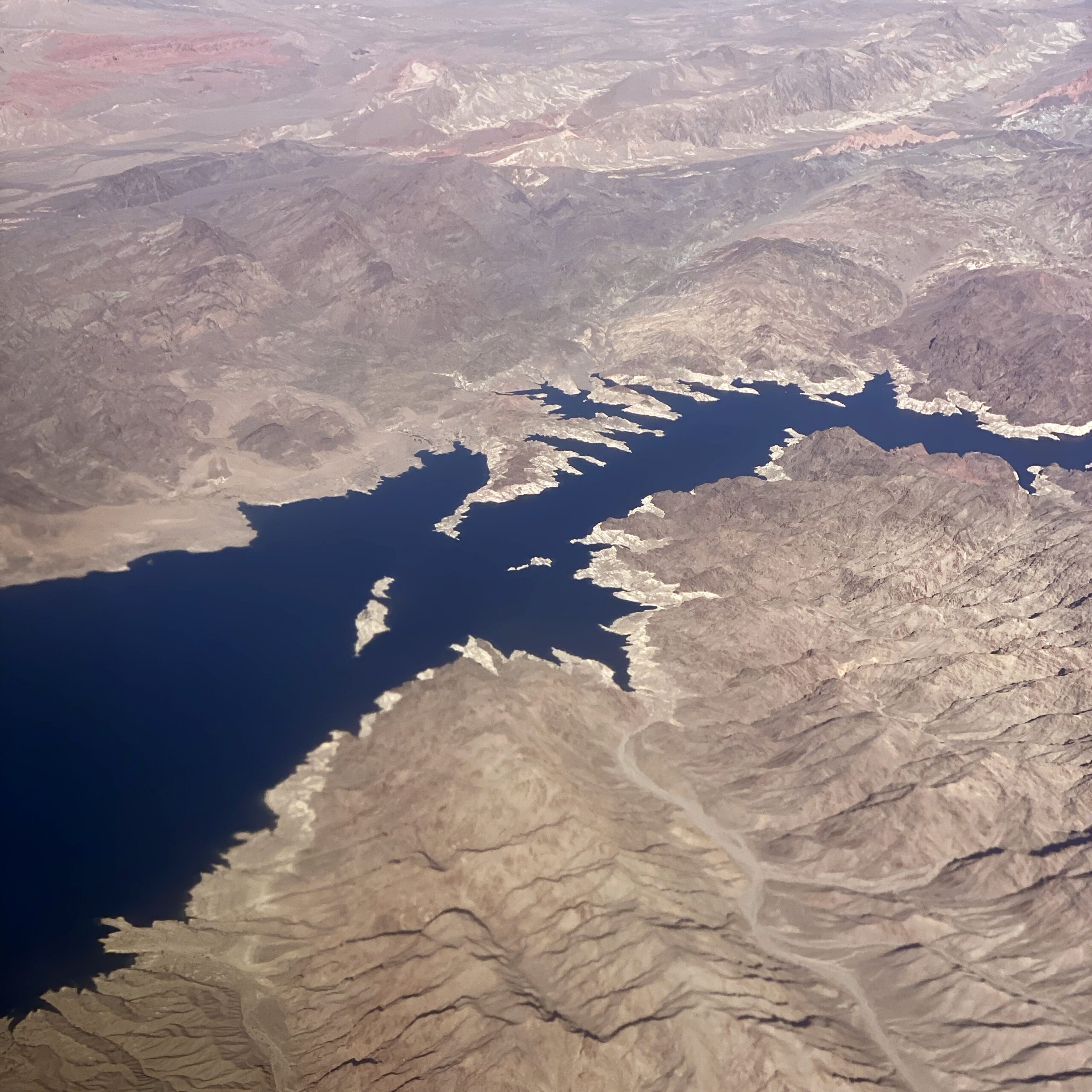
Aerial view of Lake Mead.
photo by Monica Caparas
New water scarcity measures enacted
Water usage on the Colorado River operates on a tier system. When water levels in a reservoir drop below a certain point, usage by neighboring states is restricted. Lake Mead hit Tier 1 in August 2021 after the elevation of the reservoir dipped below 1,075 feet, leading to a reduction in water supplies that largely impacted agricultural users across counties.
This was the first time a shortage condition has been implemented on Lake Mead. The Tier 2 decision was announced in August of 2022—stating that the water level would fall below 1,050 by the end of the year, triggering a more intense shortage.
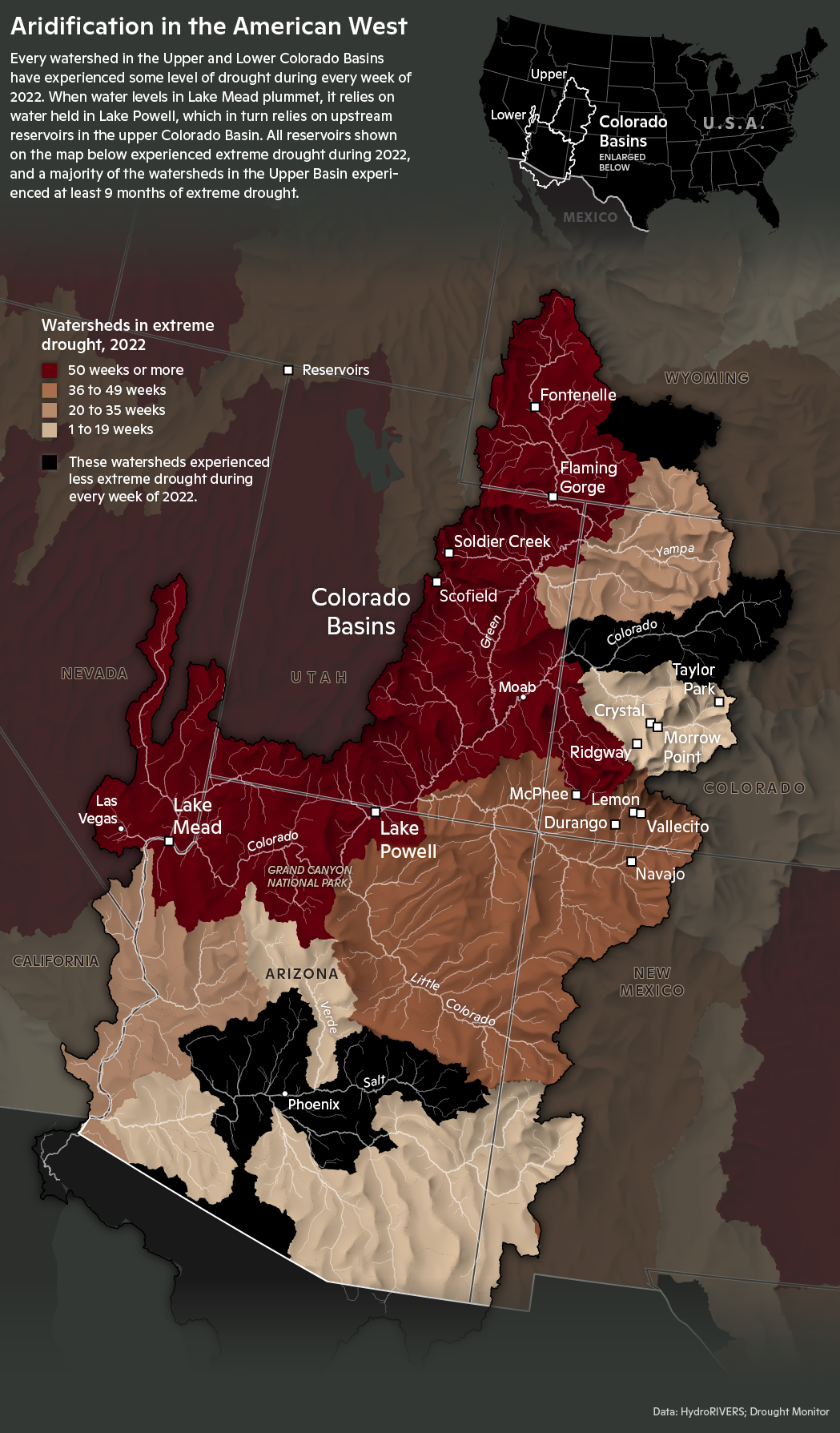
map by Christina Shintani
This emergency declaration for Lake Mead is part of a plan to increase the water levels in Lake Powell—an upstream reservoir and the second largest in the United States behind Mead. Dealing with shortages in the Colorado River Basin has required officials to weigh the needs of one region over another. The Bureau of Reclamation has indicated that at present, keeping water levels up in Lake Powell supersedes the requirements of Lake Mead. The generators at Powell have a total capacity of 1,320 megawatts and the reservoir is considered a ‘bank account’ for the region to draw on in times of drought—which are anticipated to worsen with climate change.
According to the U.S. Drought Monitor, extreme droughts were rare in the historical climate—a 5.5% likelihood. In 2022 however, nearly all of the watersheds in the Colorado River experienced extreme drought. In a world warmed by 2° C, the likelihood of 12 or more months of extreme drought in the Colorado River Basin becomes as high as 40%.
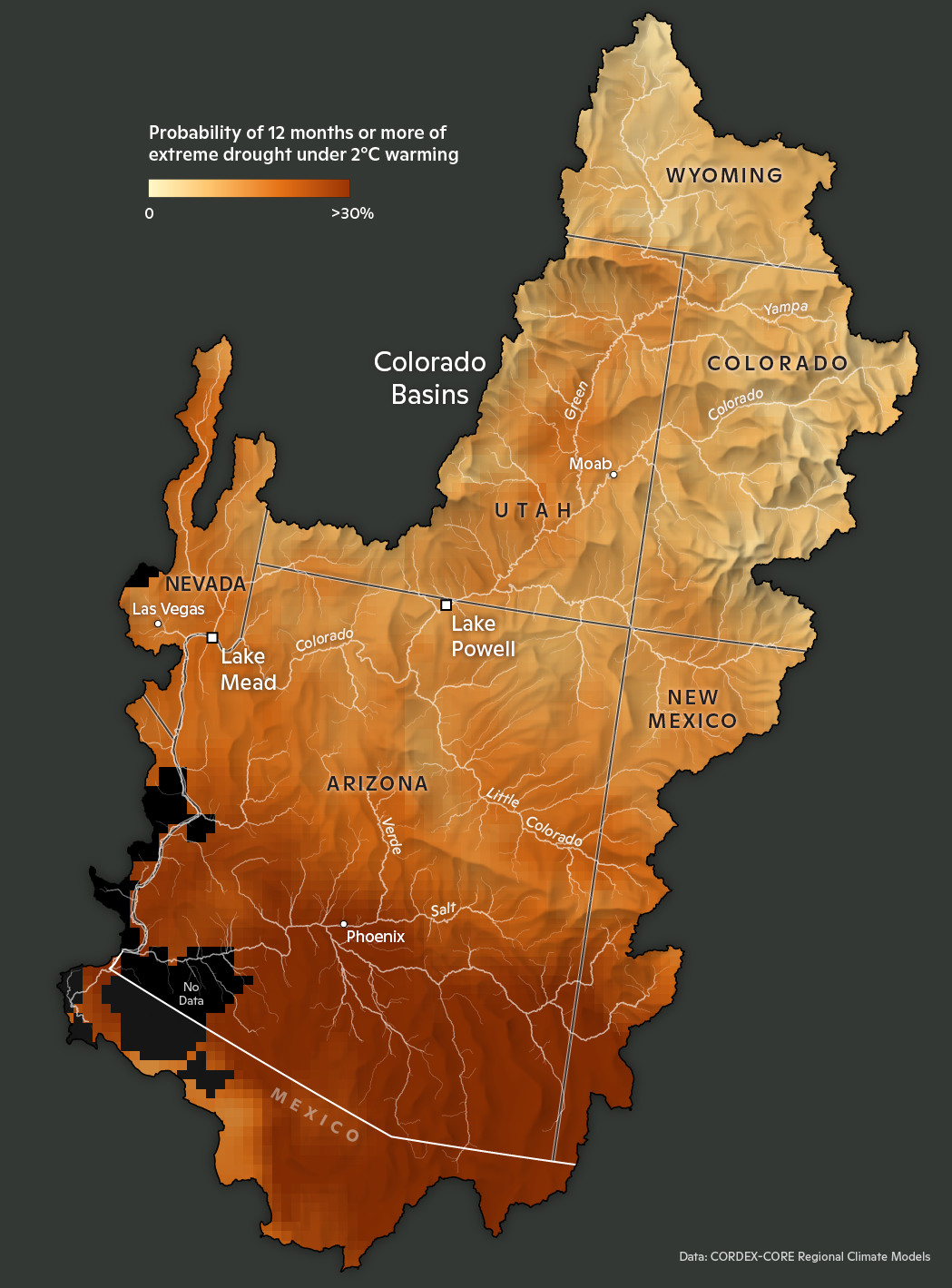
map by Christina Shintani
Meeting water needs in dry times
But Lake Mead also serves a massive population in the lower basin, and filling demand for water even during shortages means some major cities have to turn to reservoirs on other river systems. Arizona, suffering some of the steepest cuts in their allotment of Colorado River water (21%) , will draw from the Salt and Verde rivers. Other strategies include pumping groundwater and implementing more aggressive conservation and re-use strategies, which have so-far helped to spare Las Vegas from the worst effects of the shortage.
The Southern Nevada Water Authority also began using its low lake level intake in 2022, which allows the state to draw water even when the elevation of the lake falls below “dead pool” status—the point at which downstream water releases are no longer possible. But this is only a temporary solution, as the water in the reservoir keeps falling.
The next significant threshold for Lake Mead would be a drop to Tier 3 (1,025 feet) which some experts say could come as soon as 2024. At 950 feet, the reservoir would be considered an “inactive pool,” meaning the dam’s generators can no longer run. Energy shortages could kick off a vicious cycle, requiring backfilling with fossil fuels that would exacerbate the climate crisis and warming-driven drought conditions.
Reversing the drought in the Colorado River Basin will ultimately depend on snowfall in the Rocky Mountains, which will ultimately depend on getting the climate crisis under control. Experts estimate there would have to be several consecutive heavy snow years in the mountains to make back the current deficits further downriver. 2023 is currently experiencing above average snowpack, but if temperatures keep rising, that will be a less likely annual occurrence. Water rights and resource usage will have to adapt rapidly to support residents as reservoir levels continue to drop, but pulling out of emergency scarcity measures for good will require curbing the greater impacts of global climate change.
Latest in Water
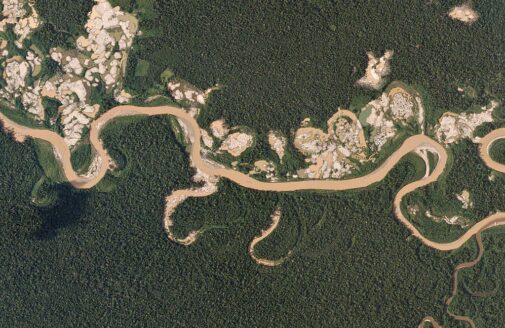
- In The News
Gold mining causes long-lasting damage in the Amazon rainforest
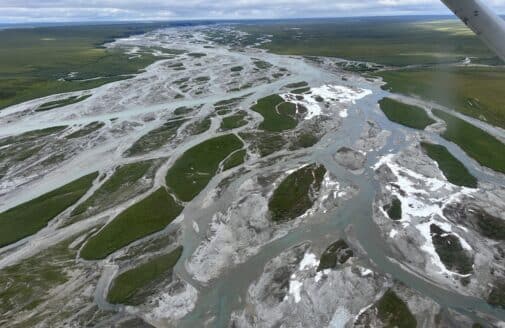
- In The News




